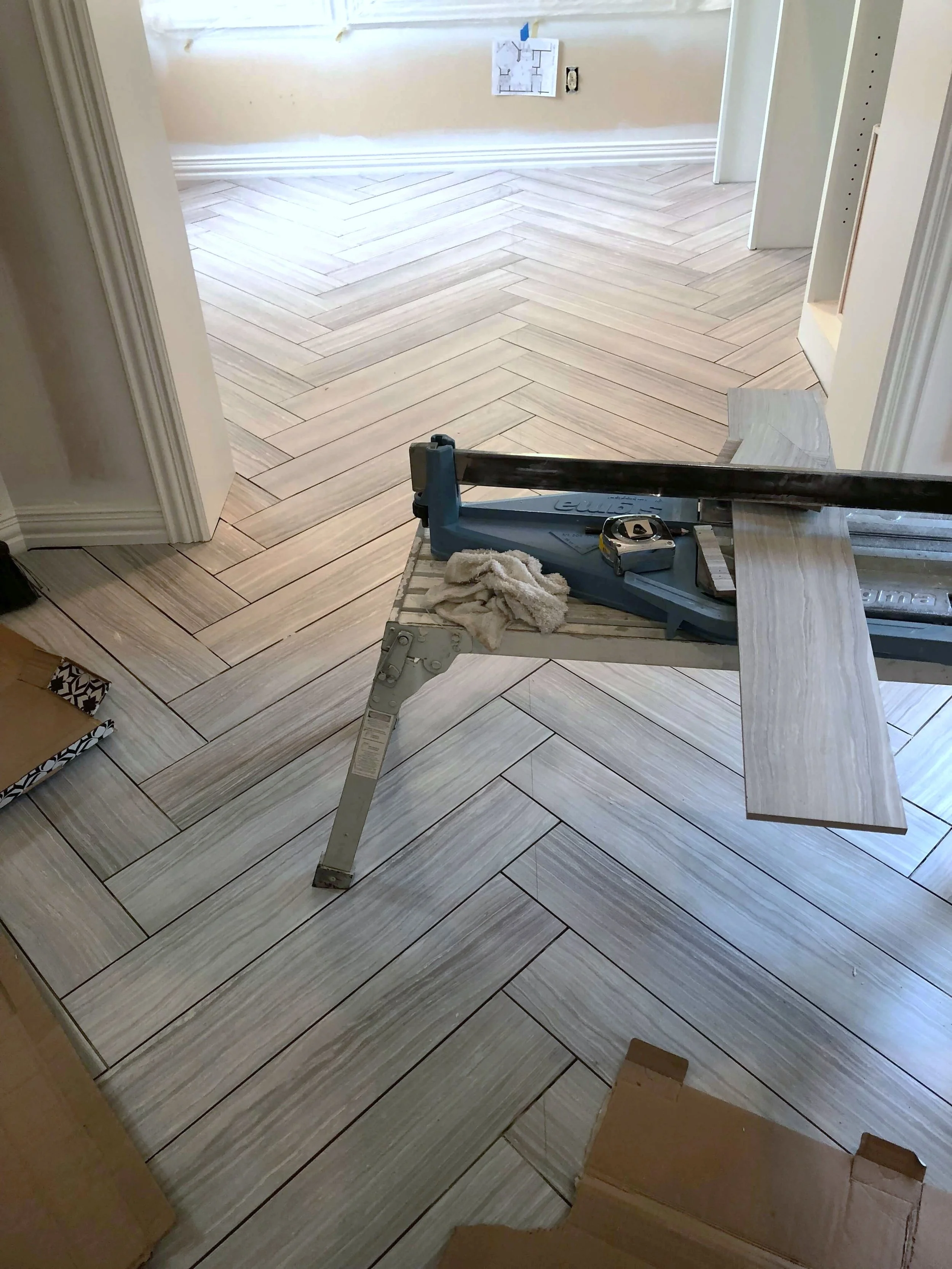Exploring Interior Design Styles A Comprehensive Guide

Introduction: Embarking on a Design Journey
Embarking on an interior design journey is like venturing into a vast and diverse landscape, filled with an array of styles, trends, and influences. From the timeless elegance of traditional design to the sleek minimalism of modern interiors, the world of interior design offers a myriad of possibilities to suit every taste and preference. In this comprehensive guide, we’ll take a deep dive into the realm of interior design styles, exploring their characteristics, origins, and key elements.
Traditional Style: Timeless Elegance
Traditional interior design is characterized by its timeless elegance, classic furnishings, and rich color palettes. Drawing inspiration from European influences such as the Renaissance and Baroque periods, traditional interiors exude a sense of warmth, comfort, and sophistication. Key elements include ornate woodwork, luxurious fabrics, and intricate detailing, creating a sense of grandeur and refinement.
Modern Style: Sleek Simplicity
In stark contrast to traditional design, modern interior style embraces simplicity, clean lines, and minimalism. Originating in the early 20th century, modern design emphasizes functionality and practicality, with an emphasis on open spaces and natural light. Neutral color palettes, sleek furnishings, and uncluttered layouts are hallmarks of modern interiors, creating a sense of calm and serenity.
Contemporary Style: Eclectic Expression
Contemporary interior design is a blend of various styles and influences, resulting in a diverse and eclectic aesthetic. Unlike modern design, which has a defined time period, contemporary interiors are constantly evolving to reflect current trends and tastes. Common features include bold colors, geometric patterns, and a mix of materials and textures, creating dynamic and visually engaging spaces.
Transitional Style: The Best of Both Worlds
Transitional interior design strikes a balance between traditional and modern styles, combining the warmth and elegance of the former with the clean lines and simplicity of the latter. This versatile approach allows for greater flexibility and customization, making it a popular choice for homeowners seeking a timeless yet contemporary look. Key elements include neutral color palettes, classic furnishings, and streamlined accessories, creating a harmonious and inviting atmosphere.
Mid-Century Modern Style: Retro Revival
Mid-century modern interior design celebrates the design aesthetics of the 1950s and 1960s, characterized by its clean lines, organic forms, and minimalist approach. Inspired by the post-war era of optimism and innovation, mid-century interiors emphasize functionality, comfort, and simplicity. Iconic features include iconic furniture pieces such as the Eames Lounge Chair, sleek teak wood furnishings, and bold graphic patterns, creating a sense of nostalgia and retro charm.
Industrial Style: Urban Chic
Industrial interior design draws inspiration from the raw and unfinished aesthetic of factories and warehouses, resulting in an urban and edgy look. Exposed brick walls, concrete floors, and metal accents are common features of industrial interiors, evoking a sense of ruggedness and authenticity. Utilitarian furnishings, salvaged materials, and open floor plans add to the industrial appeal, creating spaces that are both stylish and practical.
Bohemian Style: Free-Spirited Expression
Bohemian interior design embraces a free-spirited and eclectic approach to decorating, celebrating individuality, creativity, and self-expression. Inspired by the bohemian lifestyle of artists and travelers, bohemian interiors are characterized by their bold colors, eclectic furnishings, and layered textures. Mixing patterns, incorporating global-inspired accents, and showcasing personal collections are key elements of bohemian style, creating vibrant and welcoming spaces.
Scandinavian Style: Nordic Elegance
Scandinavian interior design is renowned for its simplicity, functionality, and understated elegance. Originating in the Nordic countries of Denmark, Sweden, and Norway, Scandinavian interiors emphasize clean lines, natural materials, and a neutral color palette. Light-filled spaces, cozy textiles, and minimalist furnishings create a sense of warmth and serenity, while hygge, the Danish concept of coziness and contentment, is central to Scandinavian design philosophy.
Coastal Style: Nautical Charm
Coastal interior design captures the relaxed and breezy atmosphere of seaside living, evoking a sense of tranquility and escape. Inspired by coastal landscapes and maritime elements, coastal interiors feature a palette of soft blues, sandy neutrals, and crisp whites, reminiscent of sun, sand, and sea. Nautical motifs, natural materials, and breezy textiles create a casual and inviting vibe, while panoramic views and outdoor living spaces blur the line between indoors and out. Read more about all interior design styles







![Unlocking Real Estate Success [Company Name] Unlocking Real Estate Success [Company Name]](https://images.unsplash.com/photo-1583142499515-db3e66a57bdc?fm=jpg&q=60&w=3000&ixlib=rb-4.1.0&ixid=M3wxMjA3fDB8MHxzZWFyY2h8N3x8cmVhbCUyMGVzdGF0ZSUyMGludmVzdG1lbnQlMjBjb21wYW55fGVufDB8MHwwfHx8Mg%3D%3D)
